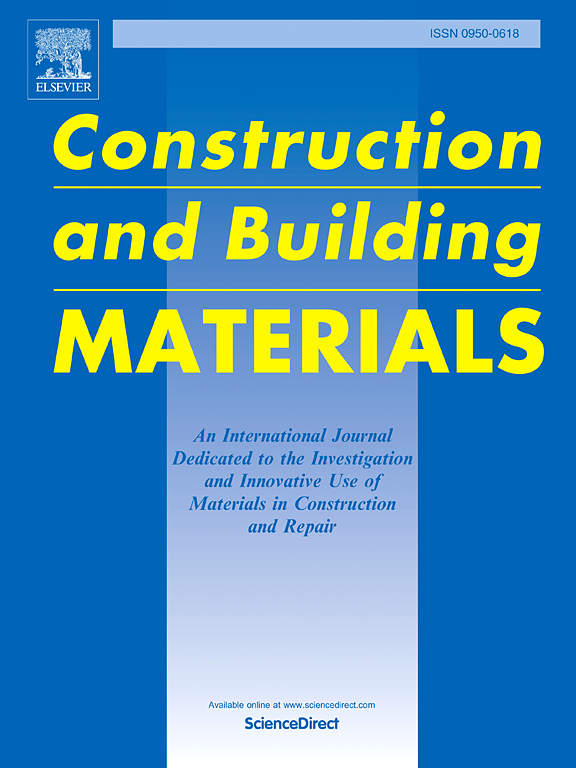Characterizing marble strength and elasticity: Insights from destructive and non-destructive techniques on El Laurel formation (Ecuador)
IF 7.4
1区 工程技术
Q1 CONSTRUCTION & BUILDING TECHNOLOGY
引用次数: 0
Abstract
Measuring the mechanical properties of marbles using simple destructive and non-destructive techniques could optimize their characterization for several engineering applications. Extensive research has focused on predicting strength from both techniques using generalized correlations on rocks with contrasting lithologies. Since universal models can be inefficient to fit all rock types, this research provides a specific focus on marbles tested under field and laboratory conditions. Marble samples were subjected to destructive (e.g., unconfined compressive strength, triaxial, and point load tests) and non-destructive (i.e., Schmidt hammer tests) characterization using field and laboratory measurements. Out of these approaches, connecting unconfined compressive strength, Schmidt hammer rebound, and density measurements was found to be the key methodology within this study. The results show that the unconfined compressive strength of marble can be well characterized by a power law model of Schmidt hardness rebound. Moreover, normalizing “Schmidt hardness rebound” by the unit weight of marble increased the model’s coefficient of determination from 80 % to 92 %. Furthermore, the elastic modulus of the tested marble can be linearly correlated with its unconfined compressive strength. These key findings, based on empirical predictions, propose a possibility for fast estimation of marble’s strength parameters using Schmidt hammer data. In addition, comparisons of field and laboratory measurements showed identical coefficients of variation of Schmidt hammer rebound and negligible statistical differences between unit weight measurements using different methodologies (e.g., immersion and pycnometer-based techniques). These results provide an enhanced understanding of the physical and mechanical properties of marble and demonstrate a means for rapid characterization of similar materials.
求助全文
约1分钟内获得全文
求助全文
来源期刊

Construction and Building Materials
工程技术-材料科学:综合
CiteScore
13.80
自引率
21.60%
发文量
3632
审稿时长
82 days
期刊介绍:
Construction and Building Materials offers an international platform for sharing innovative and original research and development in the realm of construction and building materials, along with their practical applications in new projects and repair practices. The journal publishes a diverse array of pioneering research and application papers, detailing laboratory investigations and, to a limited extent, numerical analyses or reports on full-scale projects. Multi-part papers are discouraged.
Additionally, Construction and Building Materials features comprehensive case studies and insightful review articles that contribute to new insights in the field. Our focus is on papers related to construction materials, excluding those on structural engineering, geotechnics, and unbound highway layers. Covered materials and technologies encompass cement, concrete reinforcement, bricks and mortars, additives, corrosion technology, ceramics, timber, steel, polymers, glass fibers, recycled materials, bamboo, rammed earth, non-conventional building materials, bituminous materials, and applications in railway materials.
 求助内容:
求助内容: 应助结果提醒方式:
应助结果提醒方式:


